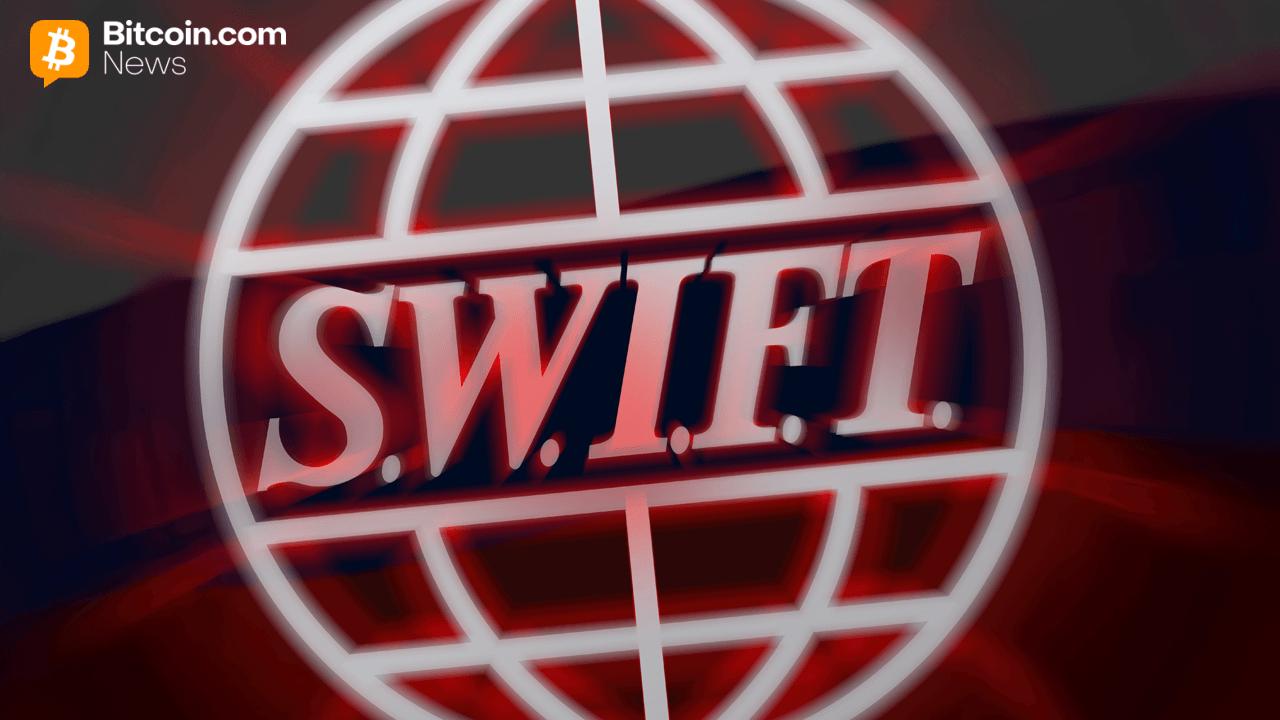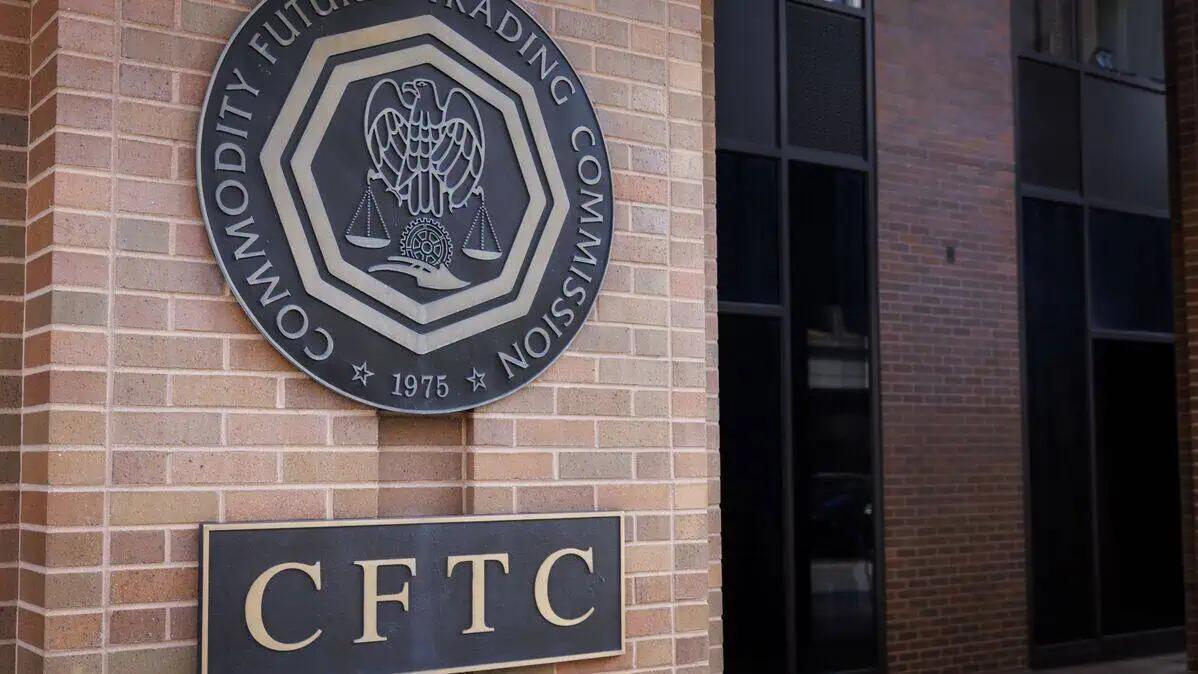GENIUS Act Plumbing: US Treasury Seeks Public Comment on Stablecoin Guardrails
GENIUS Act Plumbing: US Treasury Seeks Public Comment on Stablecoin Guardrails
Treasury Invites Comment on Stablecoin Oversight
The US Department of the Treasury is opening the floor to public opinion on how to roll out the nation's initial major stablecoin legislation. The Preliminary Notice of Proposed Rulemaking (ANPRM) is a call to action for everyone to voice their thoughts on adjusting collateral for payment stablecoins, maintaining innovation's pulse while adding new stability to its heartbeat. It's a chance to influence how this digital asset landscape will be designed before pouring the concrete.
The GENIUS Act, enacted in July, marked the birth of a comprehensive US stablecoin framework, restricting issuance to insured depository institutions rather than unapproved banks. Put simply, it clamps down on runaway minting and ensures every digital dollar is backed by a real one. This law demands reserves to be held in high-quality liquid assets, transparent public reserve declarations, regular account audits, and priority for consumers if an issuer falters. Plus, it clarifies that payment stablecoins won't be treated as securities or commodities.
The Treasury reassures that the ANPRM is not about piling on new rules but rather an intelligence-gathering mission. Recommendations must reach them within 30 days of the Federal Register's publication and will be there for all to see. This bid for public insights complements the Treasury's earlier request for strategies on identifying illicit activities with digital assets, accepting input until October 17. Essentially, they are working on building defenses while pinpointing threats.
Adjustments to Collateral Requirements for Payment Stablecoins
With the enactment of the GENIUS Act in July, the US has its first comprehensive framework that aims to bring order to the stablecoin market. Key adjustments in this framework include ensuring that stablecoin issuance is confined to insured depository institutions, with a strict no-go zone for unapproved banks. The law mandates a rigorous 1:1 reserve ratio in high-quality liquid assets, creating a foundation as firm as a fortress for digital dollar stability.
Furthermore, issuers are bound by rules demanding public reserve declarations, regular audits, compliance with the Bank Secrecy Act, and assurances that consumers' claims take precedence if an issuer faces default. This transparency requirement means auditors play detective roles, ensuring that stablecoin issuers' books are as clean as a whistle, with no secrets and no hidden traps for marketplace participants.
Interestingly, payment stablecoins are positioned outside the realm of securities or commodities, highlighting a clear regulatory pathway. This favorable classification simplifies the compliance landscape, making it less intimidating for those getting on board with stablecoins. The Treasury's current inquiry does not introduce new requirements; rather, it is a clarion call for innovative ideas and open discussion to lay the groundwork with precision.
Limitations and Requirements for Stablecoin Issuers
The GENIUS Act sets strict conditions that fundamentally reshape the stablecoin landscape. Stablecoins can only be issued by insured depository institutions, eliminating the wild west of unchecked minting. This limits the playing field to entities that can guarantee stability and have proven their financial reliability through regulatory oversight.
For stablecoins to truly be stable, they must have backings that are as solid as a rock. The law mandates comprehensive transparency through public declarations of reserves and regular audits. Imagine auditors as financial detectives, ensuring that every claim made by stablecoin issuers can be verified and validated. No secrets, no hidden agendas, just clear accountability.
The framework also requires strict compliance with anti-money laundering provisions under the Bank Secrecy Act, ensuring that these digital assets cannot become vehicles for illicit financial activities. This creates multiple layers of protection for both consumers and the broader financial system.
Coordination between State and Federal Supervisors
The upcoming draft rules will specify who can issue stablecoins, define what makes up the reserves, detail public declarations, audits, and how state and federal bodies will work together. This coordination aims to ensure that digital transactions remain both efficient and secure, creating a clean digital path for the dollar's journey in the virtual realm.
The Treasury emphasizes that effective oversight requires seamless collaboration between different levels of government. State regulators bring local expertise and understanding, while federal authorities provide consistency and broad oversight capabilities. This dual approach ensures comprehensive coverage without regulatory gaps that could be exploited.
As the Treasury opens the floor for public comments, it emphasizes that this step is about gathering insights to craft and refine the plumbing of digital finance. It's the US Treasury's way of involving the public in setting up safety nets without dampening the spirit. Participants have a 30-day window to voice their perspectives, contributing to creating a robust framework that keeps the dollar's digital avatar as committed and pristine as its physical counterpart.
The timeline for submission of public comments underlines the urgency and significance of this dialogue in shaping a well-coordinated oversight model. This initiative complements ongoing efforts to identify and curb illicit digital asset activities, demonstrating a proactive approach in safeguarding both infrastructure and integrity. The Treasury's ultimate goal is to ensure that the rapid pace of digital transactions does not compromise the digital reflection of the US dollar, creating a thrilling foundation for a more secure yet innovative financial landscape.








